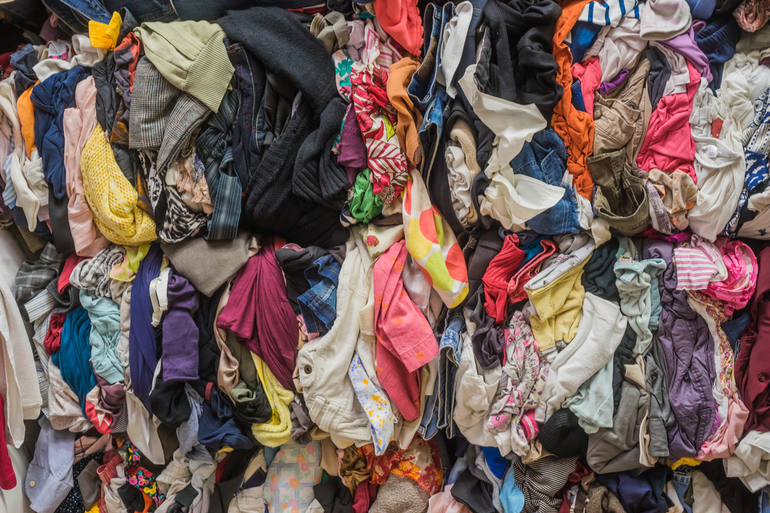
Usbek et Rica: How do you explain the success of the second-hand market?
Julien Féré: From the analysis of French household budgets, it appears that a quarter of goods are goods that could be shared. The rate of use of clothing, which is extremely low compared to its real potential, is particularly symptomatic of the under-use of goods. Clothing, being the 1st item of expenditure among “shareable” goods, the 1st source of waste, and having the highest economic weight (31%) is obviously the 1st potential contributor to this new economy.
By 2028, sales of second-hand products are expected to reach 64 billion dollars, surpassing the fast-fashion industry which would then only reach 44 billion dollars (source: ThredUp). Mechanically, even unconsciously, behaviors will change and move towards “sustainable” thanks to the second-hand market and the habits it will anchor in behaviors and attitudes then habits.
–
Usbek et Rica: Can we consider that with the rise of this market our consumer behaviors are more sustainable?
Julien Féré: The behaviors are in fact more sustainable since they focus on the re-purchase more than the purchase and on an extension of the use of the product. Nevertheless, it is interesting, beyond behaviors, to consider the duality of motivations to participate in the collaborative economy. For 25% of French people, the “second hand” approach is a political and militant act, a search for “quality of the object” and better consumption. Nevertheless, for the rest of the population, the main motivation remains the possibility to buy at a lower price (source IFM). The approach is different, apolitical, and pragmatic, and the relationship with brands is also different. For these consumers, this pragmatic approach is part of a whole: the price struggle. Black Friday, private sales of brands, agglomeration platforms of brands on sale at low prices (Veepee, Zalando, Bazarchic, etc.), sales. With permanent price reductions, the consumer has lost the habit of paying a product at its true price and is educated to look for the low price first. This consumer changes his practice to acquire a product, but his appetite to consume does not decrease.
Read the full interview on Usbek et Rica
